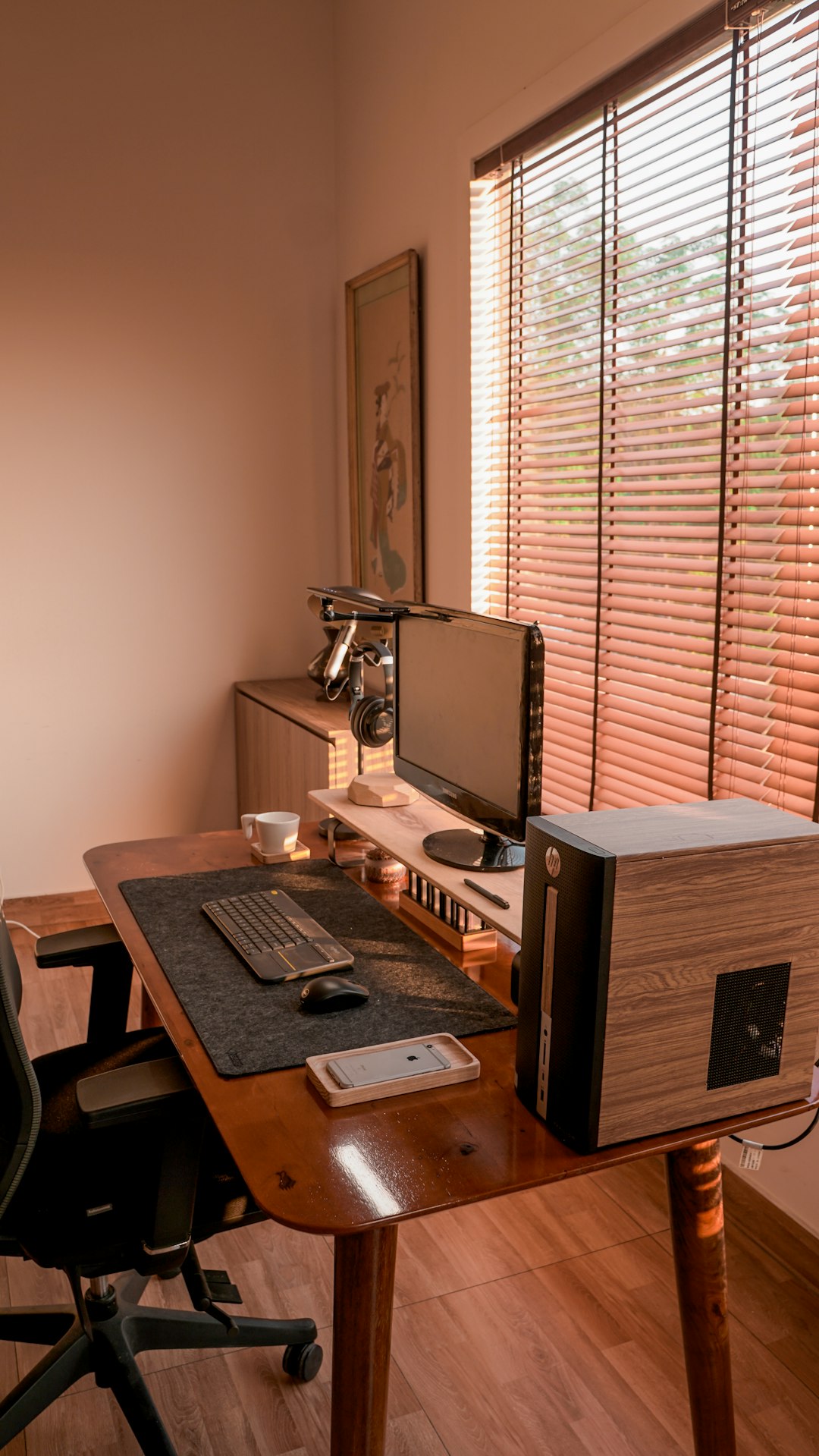Modern workplaces are evolving faster than ever, and with them, the tools that support HR functions need to keep pace. Enter the next generation of HR tracking systems—smart, adaptive, and surprisingly empathetic. Imagine a system so intuitive that it not only notices you left work half an hour early but understands why, and still celebrates your contributions. It may sound futuristic, but such systems are already in development and, in some cases, implementation.
TL;DR
The latest HR tracking systems combine AI with real-time data monitoring to assess not just employee activity, but also engagement, performance, and well-being. Rather than using attendance data as a blunt tool for enforcement, these systems offer nuanced insights that help managers support their teams. Leaving work early doesn’t automatically trigger suspicion anymore—context matters. With privacy-compliant tracking and humane analytics, HR can become a more trusted and responsive partner in the employee experience.
The Evolution of HR Tracking
In the past, HR tracking was largely focused on administrative efficiency: clock-ins, leave management, payroll. Over time, this function became more digitized but not necessarily smarter. Traditional systems lacked real-time insight, flexibility, and contextual understanding. They monitored behavior, but couldn’t interpret it. With the integration of Artificial Intelligence (AI) and Machine Learning (ML), that is rapidly changing.
Modern HR tracking systems can process a multitude of data points in real time—from log-in times and keystroke frequency to feedback loops, project progress, and even biomechanical inputs from smart wearables. This shift allows organizations to:
- Measure productivity intuitively
- Provide real-time feedback to employees and managers
- Understand employee well-being
- Forecast burnout and turnover risk
Beyond the Clock: Context-Aware Insights
One frequent critique of old-school tracking was its rigidity: leave early, question raised; arrive late, assumption made. Today’s systems adopt a more analytical lens. They track work behavior in a holistic framework, often blending project timelines, collaborative input, and personal work rhythms. For instance, if an employee consistently works late Mondays and wraps early Fridays—and consistently meets their deliverables—the system notes a balanced output.
These tools don’t just collect data; they interpret it. This context-aware intelligence allows HR and management to:
- Customize expectations per employee or team
- Encourage flexible work structures
- Reward outcomes rather than activity
- Offer support when disruptions in the norm are detected
This evolution in HR tech mirrors the broader shift toward outcome-based performance metrics.

Fostering Trust Through Transparency
Perhaps the most groundbreaking feature of this new breed of HR systems is their ability to foster trust instead of fear. Historically, tracking systems have evoked concerns about privacy and micromanagement. However, trust-centric systems are built with transparency at their core. Employees are made aware of what’s being tracked, how it’s being used, and what benefits they can expect in return.
This is where system design becomes essential. Platforms that offer dashboards visible to both HR and employees facilitate a more cooperative and informed work dynamic. Everyone sees the same performance data, leading to fewer misunderstandings and more productive conversations during reviews or one-on-one meetings.
Key Attributes of Trustworthy HR Tracking Systems:
- Consent-based data collection
- Clear communication on what metrics are recorded
- Employee access to their own data dashboards
- Regular reviews of system ethics and data handling protocols
In this type of system, nobody is punished just for taking a different approach to their day. Instead, the system asks deeper questions: “Was the goal completed?” “Did the team dynamic remain positive?” “Are we moving forward?”
Human-Centric AI: A New Philosophy for HR
The idea of a system “liking” an employee sounds whimsical, but it’s metaphorically accurate. By using algorithms trained to find positive patterns—such as consistent delivery, peer recognition, or even improved emotional tone in communications—the tracking system moves beyond surveillance. It becomes a vehicle for employee advocacy.
For example, consider the case where an employee leaves work early due to family obligations but consistently produces high-impact results. Instead of flagging this as a red mark, the system might surface reports supporting flexible work recognition or even recommend them for internal mentorship roles around productivity. In this way, the system “likes” you—because you continue to add value in a sustainable way.

Challenges and Considerations
Despite these advancements, not all implementations are smooth sailing. It’s essential for HR leaders to be aware of common pitfalls and limitations.
- Privacy Laws: Compliance with GDPR, CCPA and other regulations is non-negotiable. Policy transparency must go hand in hand with robust tech safeguards.
- Bias in Data Interpretation: AI models must be trained continuously to avoid reinforcing biases (e.g., rewarding presenteeism over real productivity).
- Change Management: Rolling out these systems requires cultural as well as technological shifts. Employees and managers need training and reassurance.
Moreover, not all metrics are created equal. Counting hours at a keyboard is not the same as measuring intellectual contribution or emotional labor. The best HR tracking platforms combine hard metrics with qualitative assessments, like peer feedback and manager check-ins, to avoid an overly mechanical view of work.
Success Stories: Real-World Impact
Companies that have adopted context-aware HR tracking systems are already seeing results. At a mid-sized software firm in Boston, implementation of a smart HR dashboard led to a 12% reduction in staff turnover over 12 months. How? Managers were able to identify early signs of disengagement and intervene positively—offering new projects, coaching, or mental health support.
Another case study from a remote-first marketing agency showed a 20% improvement in project completion rates after adopting an outcome-oriented tracking model. Employees had greater autonomy, and managers spent less time micromanaging and more time strategizing. The end result? Less burnout, more creativity.
The Bigger Picture: A New Relationship with Work
Advanced HR tracking systems are not simply about knowing when employees leave early or stay late—they’re about recognizing that work is no longer a place but a dynamic, personalized experience. By incorporating real-time data, context-awareness, and trust-building measures, these systems help shift the workplace from a site of oversight to a culture of autonomy and respect.
The future of HR isn’t about watching—it’s about understanding. And sometimes, understanding means knowing you left early because you were already done winning the day.
Conclusion
The HR tracking systems of tomorrow—and increasingly, today—are reframing what it means to manage human capital. While skepticism remains, the reality is that with the right design and ethical implementation, these systems do far more than just track; they can elevate, protect, and empower employees. Leaving early? If you’re driving results, collaborating effectively, and growing within your role, intelligent systems not only know—it’s why they like you.


